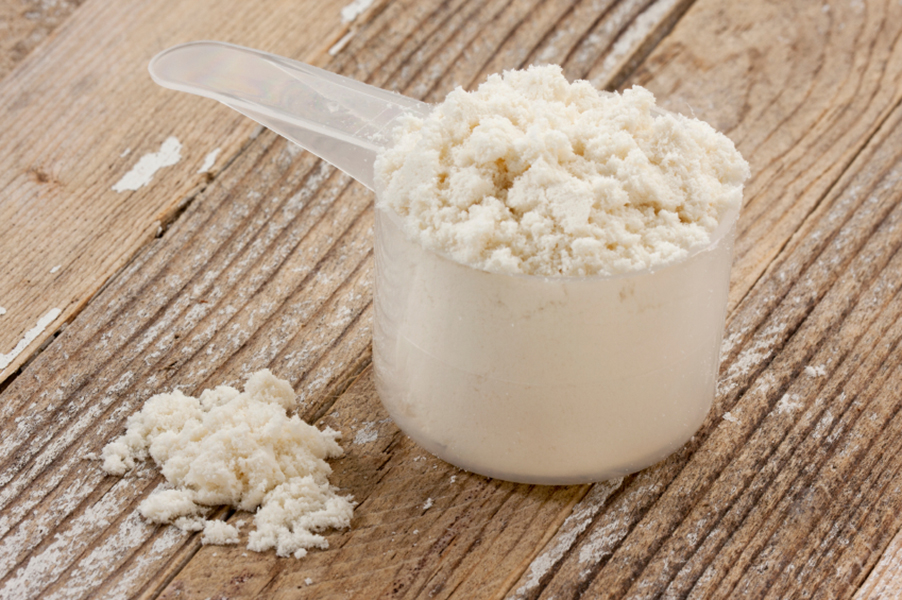Your Recovery Strategy

Recently, I’ve noticed a RAMPANT aversion to recovery. My clients are desperate to avoid it. My DM’s flood with claims, “I’m afraid to take a rest day for fear of ruining my progress.”
But who can blame them? Our society rewards restriction, and your level of intensity is in EVERY facet of your life is view as a status symbol. It’s bizarre because everyone claims to want to live in a world where work and business isn’t the focal point, and yet everyone’s actions speak otherwise.
Honestly…
If you are not recovering, I can only assume you don’t understand it or are misinformed about why you need it. Which, again, is understandable. There is so much SHIT on the Internet and social media, it’s easy to get overwhelmed and confused.
Those who claim, “I’m afraid to take a day off,” or “No way, I can’t take a rest day I’ll ruin everything,” or “I’m too anxious or hyper for downtime, I have to do something” keep reading – because your life is about to change for the better.
Not convinced? Let me try again.
If you do not look at your recovery as a strategic part of your training plan – YOU are IMPEDING your progress.
If you work out all the time, yet are frustrated by your results (or lack thereof) you most likely have no one but yourself to blame.
That’s more like it. Welcome. Let’s move on.
OH wait — one more thing!
I’d like to point out, as a trainer, I make MONEY when my client’s show up. And here I am about to tell you why it’s crucial that you DON’T every once and a while. My goal for your fitness journey is rooted in longevity, and help you find a process that is sustainable for YEARS. If you’re overtraining or injured that is NOT going to happen, and aesthetic goals are the least of your concern. Your journey has the potential to start and stop due to forced rest periods resulting from chronic pain, the need to rehab a diagnosed injury or go under a knife for an injury that is past the point of no return. Think you’re too antsy for a rest day? Try several. Or weeks. Worse yet, months to heal from a major concern.
I do not mean to be fear mongering. But I do want to shed light on the reality of pushing through pain, injuries that are left untreated, and NEVER giving your body a beat.
OKEY, FINALLY LET’S MOVE ON. All of that needed to be said tho.
What Happens When you Workout?
On the most basic level, strength and resistance training creates microscopic tears in the connective tissue and fascia of your muscles. These tears accumulate in large number and result in fatigue or failure. Blood will rush to the damaged area creating a burning sensation (“Feel the burn!!!!”) and the “pump” that feels and looks so fahking good.
I always say to my classes, “We break our bodies down in here (Red Room/gym), so they rebuild when you walk out there.” Usually, I’m speaking V EMPHATICALLY into a microphone and pointing animatedly towards the front door. Can you picture it?! The above is what I mean by that. When you’re working out, you’re essentially “breaking” your muscle tissue.
What Happens AFTER you Workout?
With proper rest and nutrients*, muscles self-repair the said tears and slowly rebuild over the following days, and by doing so, the muscle will increase in size, strength, and capacity. This phase can generally take anywhere from 48-hours to a full week. By the way, this process happens REGARDLESS of your level of soreness.
While the main focus of your time spent in the weight room is muscle growth (TONING UP), your muscles aren’t the ONLY thing that gets worked. Your entire body undergoes so much stress, and therefore, your recovery is not ONLY for your muscles. Muscles don’t actually need THAT much time for recovery, but do you know what does? Joints, bones, tendons, central nervous system, your mental pathways, etc. You know, REALLY IMPORTANT SHIT!
*The protein you ingest is the raw material that helps build this new muscle. Read more on the role of macronutrients here.
Quick Recap:
When you workout = you damage your muscles
When you RECOVER = your muscles repair and build resulting in aesthetic and strength gains
If you do the work without the recovery, you do NOT experience the full results.
Ladies, it’s like going to get a mani and leaving after the first coat of polish. Like hell fahkin no, you’d never.
Recovery vs. Rest
I think that mani analogy really shed some light on this situation, so we’re ready to dive even deeper into this topic! Hashtag Lincoln Park After Dark. Hashtag Bubble Bath.
Your training strategy should incorporate two parts:
- Recovery
- Rest
My definitions are as follows.
Recovery:
- Stretching
- Mobilization
- Dynamic movement
- A protocol consisting of de-loading
Rest:
- Periods where your body is not undergoing any activity outside of your daily life
- FULL rest, i.e., sleep
The Misunderstanding
When clients take time off from the gym, they will also (unintentionally) let go of diet. Enter, the “fuck it!” or “YOLO” mentality. It has NOTHING to do with your training break and has EVERYTHING to do with overindulgence and caloric surplus.
What happens next? You go back to the gym and KILL yourself with an intensity that would be considered aggressive by any standard, regardless of break or not. You wake up the next morning and are debilitatingly sore, giving you the misconception that you’re weak or “lost” your progress. This soreness leads to days of unproductive work in the gym, leaving you frustrated and beating yourself up for taking time off in the first place.
Sound familiar?
No, honey. You’re doing it wrong.
How to Incorporate Recovery and Rest Into Your Training Strategy
Like everything else in health and fitness, there are 1,000+ different ways to realize success and no ONE formula. The below are guidelines or a best practice for recovery while in the thick of training.
- Take the time to properly warm-up and cool down
- Incorporate a well-rounded program including pilates, yoga, stretching, mobility work
- De-load every 4, 6, 8-ish weeks
- Take one or two days off per week from exercise, take a walk, prioritize NEAT activity
- Develop a healthy sleep routine
When I say De-Load…
I mean rather than taking actual time off from training, you continue to train, but back off your load, intensity or duration to make your workouts easier for you in some way for a predetermined amount of time. During this time, do not train to failure or attempt to PR or progress. Your de-load should be relatively “easy.” I structure my lifting program according to 4-8 week cycles, and the first week of each period is a de-load. I get used to my new protocol; I take the time to understand the drills, prioritize form under a lighter load, and how I feel while executing. This week sets me up to progress for the rest of the program. It’s the ultimate form of multi-tasking!!!
When I say Develop a healthy sleep routine…
Your body is ONLY entirely at rest when you’re sleeping. Not when you’re at yoga, not when you’re binge-watching Dead to me, not when you’re on the elliptical for 10 hours, it’s ONLY at rest when you sleep. So if you’re not sleeping, you are NOT recovering. The whole “sleep when your dead” mentality is NOT for people who want to change their bodies. Six hours minimum. Eight is ideal. If you’re in a season of life where you’re not sleeping, and you’re not progressing, you may have more clarity around why your progress is so slow.
Turn your phone off. Buy some blackout shades. Take a hot shower or bath. Meditate. Do what you need to do to calm down and get some good quality shuteye.
Personal Application
My schedule looks like the below. Please note this is NOT what you should do, and it’s not what I’m IMPLYING YOU SHOULD DO. I’m sharing this as a point of reference to show how the above can come to life. My program is for MY goals. Your application should be for YOUR goals.
Sunday: Full Body Workout
Monday: Barry’s Arms & Abs
Tuesday: Full Body Workout – Emphasis on Lower Body
Wednesday: Barry’s Chest, Back & Abs
Thursday: Full Body Workout – Emphasis on Lower Body
Friday: Barry’s OR Rest
Saturday: Rest
Honestly, it’s not ideal taking two rest days in a row – I’d much prefer to space them out throughout the week, BUT my schedule as a professional and mother doesn’t allow for it now, so it is what it is.
Anyway, every three to four months, I take anywhere from 3-7 days off to fully recuperate. I DO NOT worry that I will negate the work I’ve put in up to that point because I know when I return to the gym, I’ll be even STRONGER than before I left it. Your training breaks need to work for YOU, your ability level, and your goals.
One final thing before we wrap, NUTRITION!
Should your eating change? NO! Your calories, macros, intuitive eating, or whatever you’re doing should all be within their normal ranges.
In Conclusion
Recovery is grossly neglected when it comes to training and can be a significant barrier to meeting goals. Don’t let your ego or stubbornness be the reason you’re anything less than your best self.







Good stuff here Kate.. im a practicing PT and often time have to have this talk with patients… keep it up!
Awesome post! I think people in general over greatly look the importance of recovery and how much it impacts their health and fitness.